SELECT DISTINCT a.num, a.company, a.stop,stopa.id id1, stopa.name Aname, b.num bnum,b.company bcompany ,stopb.name Bname, b.stop ,stopb.id id2
FROM route a
JOIN route b ON (a.company = b.company AND a.num = b.num)
JOIN stops stopa ON (a.stop = stopa.id)
JOIN stops stopb ON (b.stop = stopb.id)
The original problem:
Using self-joins, find the routes involving two buses that can go from Craiglockhart to Lochend. Show the bus no. and company for the first bus, the name of the stop for the transfer, and the bus no. and company for the second bus.
I know that the solution is to create two tables using subqueries and then to JOIN those two together where stopids are equal. However, I don't understand why it works the way it does.
Very new to SQL and trying to understand what's going on here. I honestly need as detailed of a breakdown as you can provide.
What purpose does the route self join serve here? If stopa is the same as stopb and each is being matched to routea and routeb, why are they different in the table?
I would appreciate any assistance you can provide.

